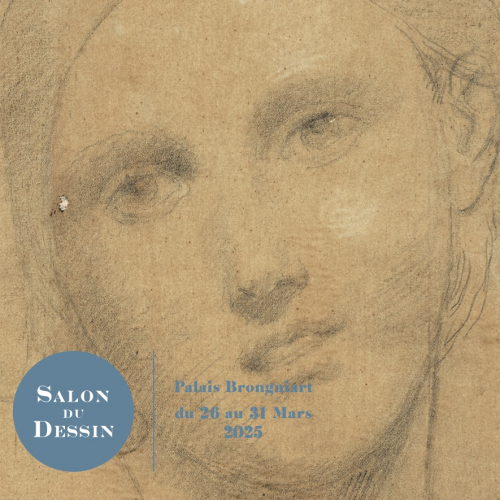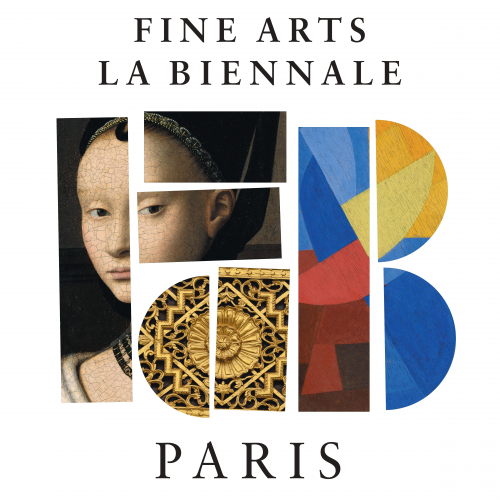A self-taught painter
Paul Signac was born on November 11, 1963, in Paris. Self-taught, he refuses to pass his baccalaureate at the age of 18 and declares that he only wants to paint like the impressionists.
In 1879, during the exhibition dedicated to impressionism, the young painter discovers the works of Pissarro and is deeply fascinated by Gustave Caillebotte and Edgar Degas. Yet, it is when Signac visits the office of the famous magazine La vie moderne in 1880 that he feels a tremendous pictorial shock with Claude Monet’s paintings.
In his early days, the influence of Monet’s work in Signac’s bright and vivid paintings is obvious.
The Salon des Independants
1884 is a decisive year. Founding member of the Salon des Indépendants, Signac meets Georges Seurat, with whom Signac will remain closely linked, both personally and artistically. Odilon Redon, Charles Angrand, Albert Dubois-Pillet, Henri-Edmond Cross also exhibit at the Salon. Later in the year, Paul Signac meets another important figure of the Impressionist movement, Armand Guillaumin.
The influence of Georges Seurat and divisionism
Paul Signac and Georges Seurat are both strongly animated by their common interest in colour. Influenced by Paul Signac’s theories, Seurat eventually limits his palette to pure colours. Subsequently, the painter seeks a genuine harmony between contrast, line and colour. Highly inspired by his elder’s research, Paul Signac studies the principles of visual perception.
In 1885, Seurat painted what is today considered as the manifesto of pointillism, "Un Dimanche à la Grande Jatte”. This art movement is formed around Seurat, Signac and Dubois-Pillet, Luce, Angrand. Paul Signac sees the birth of this movement as a symbol of progress and modernity. During the same year, the painter meets Camille Pissarro and Felix Fénéon, a famous art critic who will name the "neo-impressionist" movement. These two emblematic figures of the 20th-century art scene show actively their support to the movement.
From Georges Seurat’s death in 1891, Paul Signac becomes the leader of the divisionist movement and publishes a book in 1899 entitled D'Eugène Delacroix in neo-impressionism.
Paul Signac in Saint-Tropez
In his oil paintings, Paul Signac demonstrates a strong attachment to the neo-impressionist theories and the divisionist technique. However, with watercolour, the painter seems to be freed of those pictorial constraints and displays a new spontaneity.
As a passionate sailor, Signac decides to move to Saint-Tropez. There, he travels along the Mediterranean coast and paints extensively. While watercolour allows him to draw beautiful and poetic seascapes, guided by the Southern light, his work is imbued with greater brightness, larger brushstrokes and bold colours. He will subsequently build new links with the new generation of painters, including fauvists.
Paul Signac and Henri Person
In Saint-Tropez, Paul Signac meets Henri Person, with whom he builds a lasting friendship and shares his enthusiasm for sailing. Together they travel regularly while Signac initiates the young Person to the divisionist technique. The extensive exchanges of the two artists are illustrated in a fascinating correspondence.
Paul Signac died in Paris on August 15, 1935, at the age of 72.

Salon du Dessin
26 March 2025 - 31 March 2025

FAB 2024
22 November 2024 - 27 November 2024

La Biennale Paris 2021
26 November 2021 - 5 December 2021

Brafa in the galleries
27 January 2021 - 31 January 2021

La Biennale Paris
13 September 2019 - 17 September 2019


